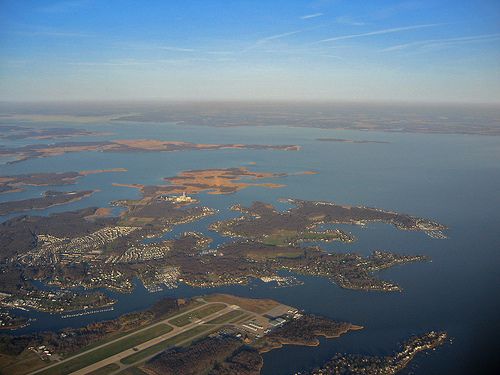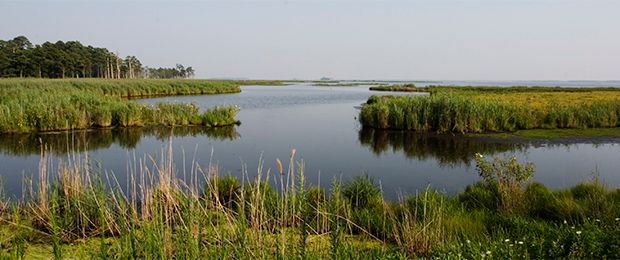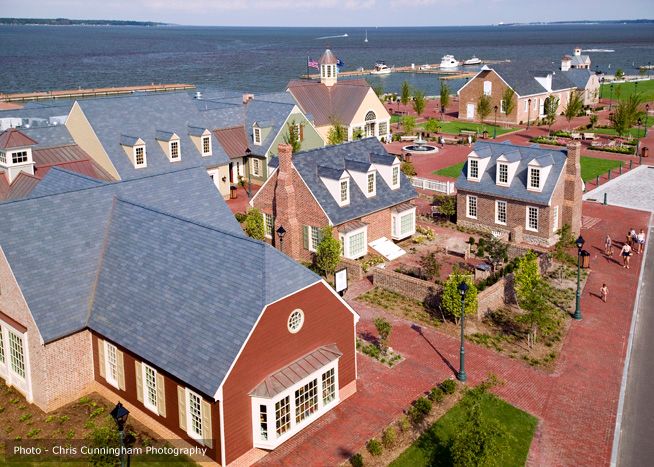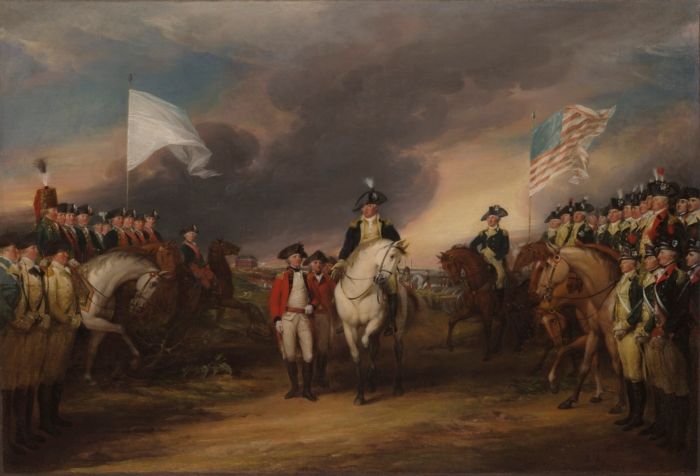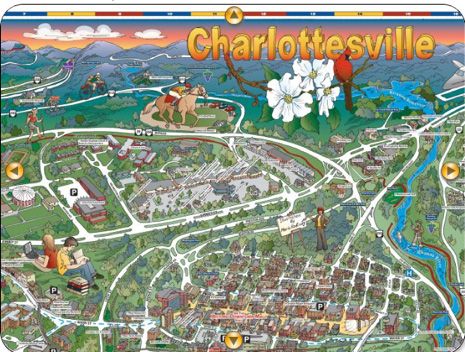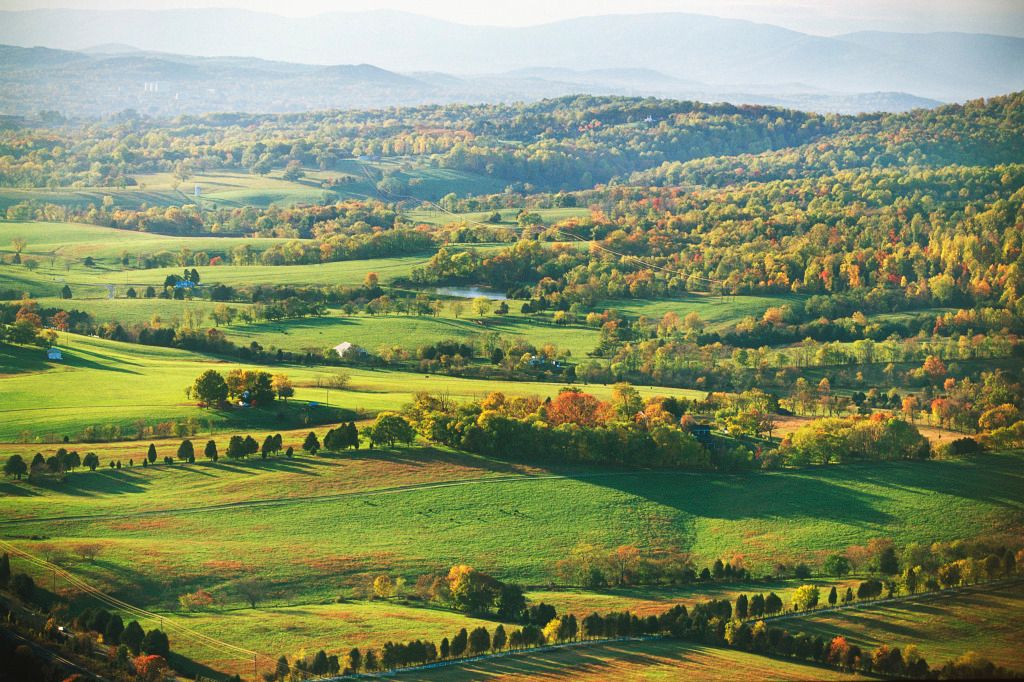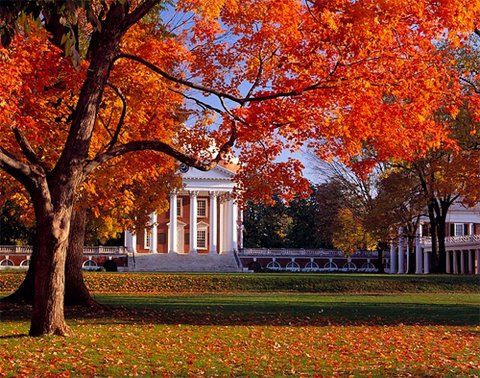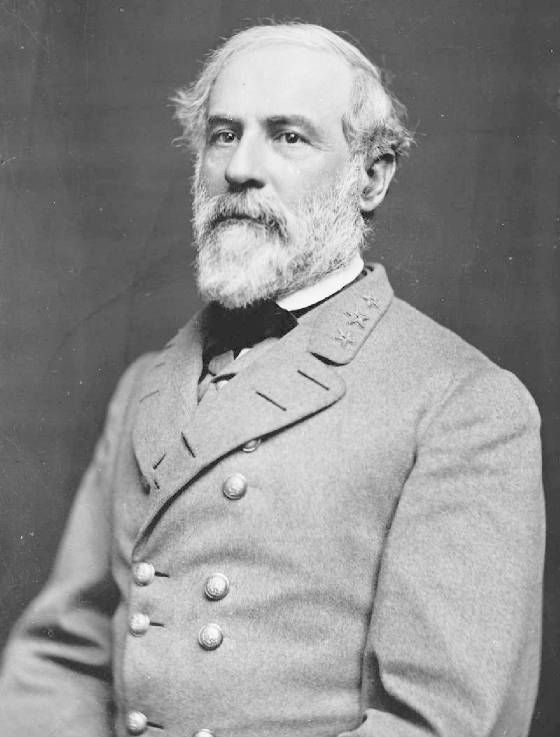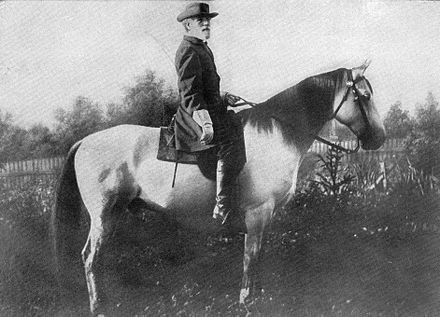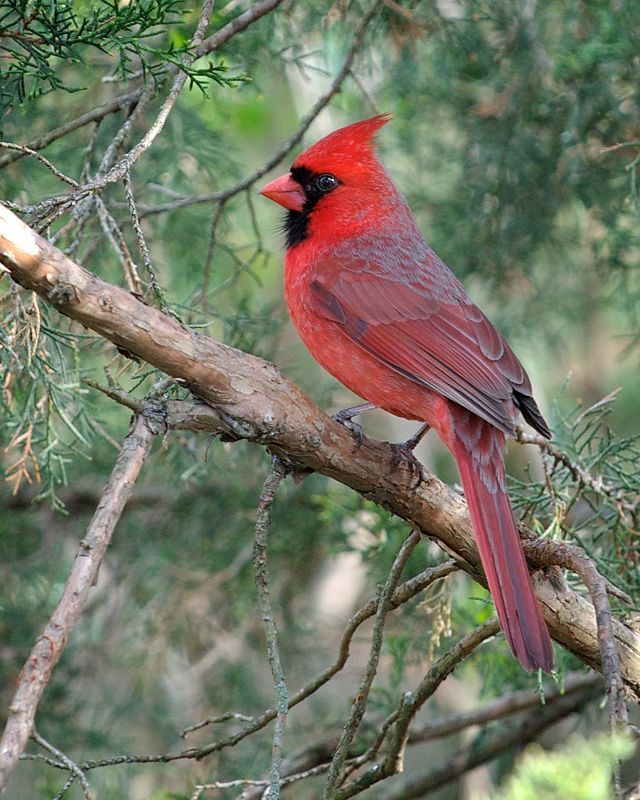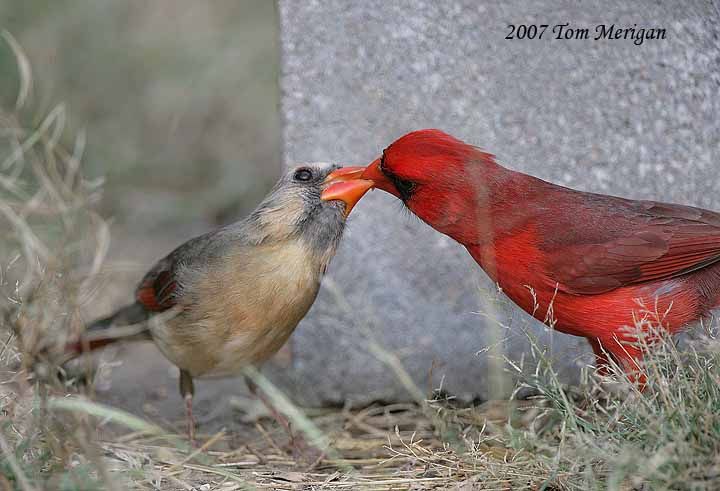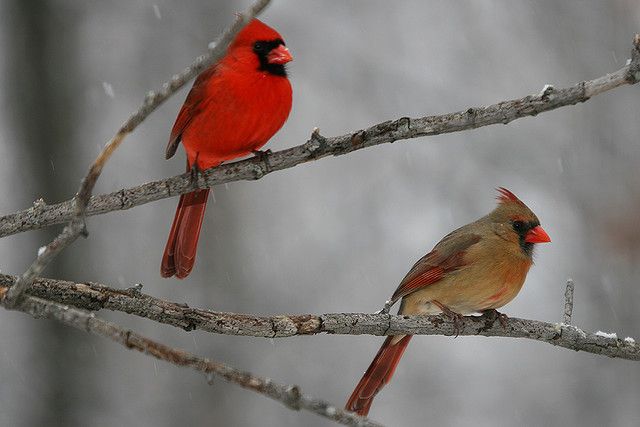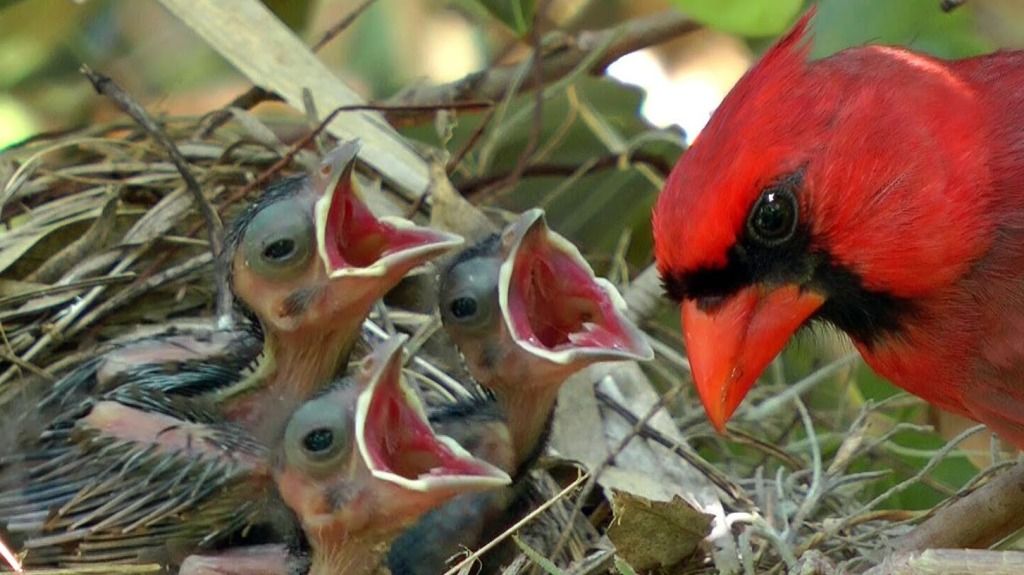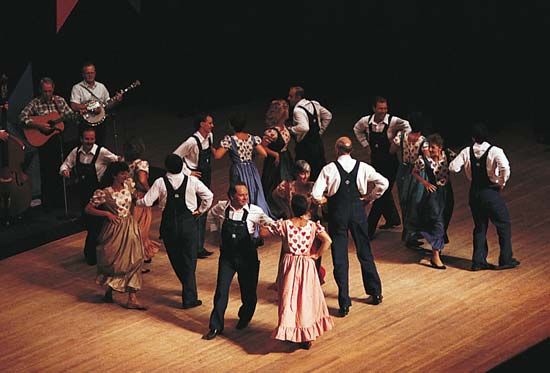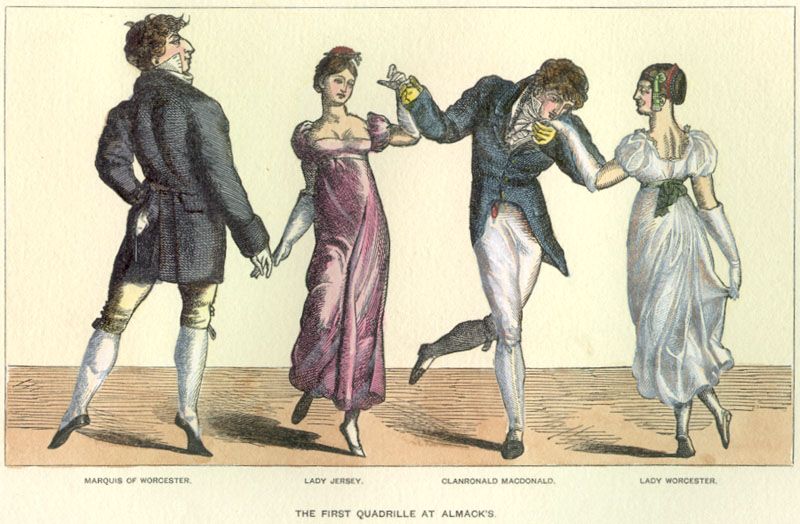Good evening, all! Apologies in advance for the length of today's post. Sometime's it's impossible to squeeze 300+ years of history into just a handful of paragraphs.

Today's numbers are:
11 – Chincoteague
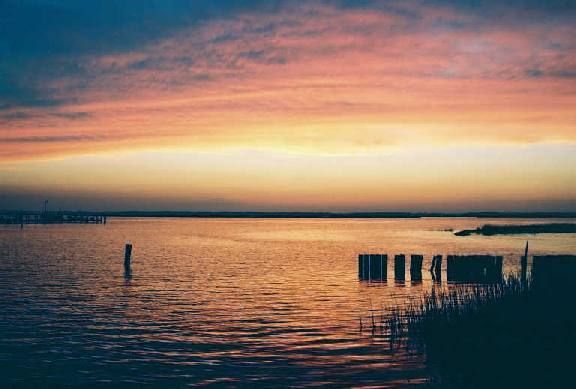
Chincoteague is a town on Chincoteague Island in Accomack County, Virginia. Until European settlers possessed the island in the late 17th Century, the Chincoteague Indians used it as a place to gather shellfish, but are not known to have lived there. The island's name derives from those early visitors. By one popular tale, Chincoteague meant "Beautiful land across the water" in their language.
Use of the island by European settlers began in the 17th century when the island was granted to a Virginia colonist. Legal disputes followed and it was not until 1691 that title was determined by the courts. Few people were living on the island by 1700, as it was primarily used as a place to graze livestock. During the American Revolution the islanders supported the new nation's bid for independence. In the Civil War, the islanders supported the Union despite being located in a seceded state, and the war touched Chincoteague only lightly.
Oysters became a major industry for the island in the postwar years, and the island's relative isolation ended in 1876 with the arrival of the railroad across Chincoteague Bay, and the initiation of a steamboat service. Still, Chincoteague was seen as a primitive, backwater place.
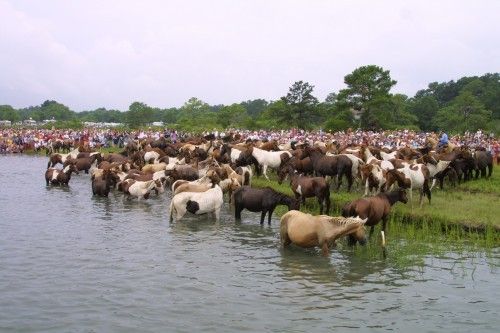
In 1925, to raise money for the newly-formed Chincoteague Volunteer Fire Department, the fire company took over the Chincoteague pony penning, which had been declining. In the pony penning, horses swim across the shallow waters between Assateague and Chincoteague. All the horses are herded into large pens after running through the middle of town. Fifteen thousand people attended the penning and other festivities in 1925, and the proceeds enabled the department to buy a pump truck. Public fascination with the pony swim led to increased attendance in the following years. Except during the war years of 1943 and 1944, the carnival, pony swim and auction have occurred every year since.
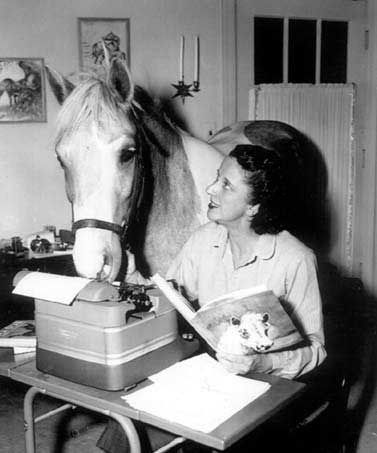
Children's author Marguerite Henry came to the island for the summer in 1946, intending to write about the wild horses of Assateague. While there she visited the ranch of a local horse breeder and fell in love with a young filly named Misty. She purchased the horse, on the condition that Misty be sent to her after she was weaned. In 1947 Henry's book, Misty of Chincoteague was published. The book became a best seller. A film based on the book, shot on-location in Chincoteague and on Assateague, was released in 1961, bringing more notoriety to the pony swim and auction. The event now draws from 40,000 to 50,000 spectators annually. As of 2009, the average foal at the auction sold for $1,344. Between 60 and 80 are sold each year; the auction helps keep the herd at a sustainable population of 150. The swim occurs on the last Wednesday in July, with auctions being held on Thursday. On Friday, the remaining ponies swim back to Assateague.

16 – Jamestown
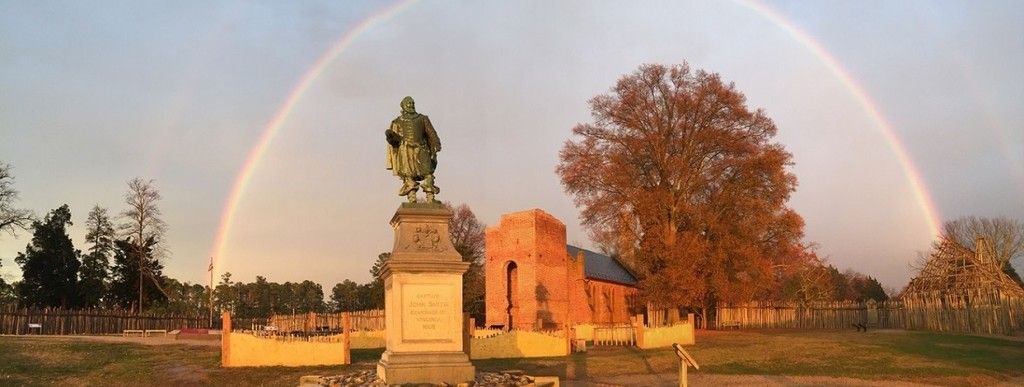
The Jamestown settlement in the Colony of Virginia was the first permanent English Settlement in the Americas. Established by the Virginia Company of London as James Fort on May 4, 1607, it followed several earlier failed attempts, including the Lost Colony of Roanoke. Jamestown served as the capital of the colony from 1616 until 1699.
Captain Edward Maria Wingfield selected a piece of land some 40 miles inland from the Atlantic Ocean as a prime location for a fortified settlement. It was a defensible strategic point. A curve in the river brought the river channel close to the land, making it navigable and allowing for ships to dock. The best thing about it, from an English point of view, was that it was not inhabited by nearby Virginia Indian tribes, who regarded the area as too poor and remote for agriculture. The island was swampy, isolated, and was plagued by mosquitoes and brackish tidal river water unsuitable for drinking. The settlers arrived too late in the year to get crops planted. Many of the group were gentlemen unused to work, or their manservants, also unaccustomed to the hard labor demanded by the task of carving out a viable colony. In a few months, 80% of the party were dead, and some survivors were deserting to the Indians whose lands they had colonized. There were an estimated 14,000 Native Americans in the region, known as Tsnecommacah., ruled by their paramount chief Wahunsenacawh (remember him?

) The first explorers were welcomed by the Indians with dancing, feasting, and tobacco ceremonies.
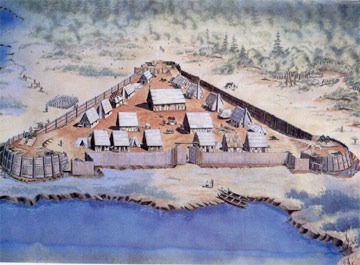
Despite the delivery of supplies in 1608 by Captain Christopher Newport, which added to the number of hungry settlers, it seemed certain at the time that without a major relief effort the colony would meet the same fate as earlier failed attempts to settle in North America, the Roanoke Colony and the Popham Colony. Germans who arrived with the second supply, with weapons and equipment, defected to the Powhatans.
In 1609, Christopher Newport set sail with a seven-ship fleet as part of the Third Supply, carrying 214 settlers. In July the fleet ran into a strong storm (likely a hurricane) and the ships were separated. Some of the ships did make it to Jamestown, the leaders and most of the supplies, aboard the Sea Venture, drove onto the reefs of Bermuda, where they were stranded for nine months. The "Starving Time" of 1609-10 set in, with settlers facing starvation for want of additional provisions. Only 60 of the original 214 settlers survived. There is scientific evidence that Jamestown turned to cannibalism during this time. In May of 1610 the ships from Bermuda arrived, and Jamestown was judged to be unviable. The arrival of another relief fleet granted them a reprieve. Settlers, already descending the James river, returned to the colony.
Relations between the colony and the Powhatans quickly deteriorated, eventually leading to conflict. Lord de la Warr, arriving with the relief fleet, proved harsher and more belligerent toward the Indians, his solution being to engage in wars of conquest. In July he gave Chief Powhatan the ultimatum of returning all English subjects and property or facing a war. Powhatan responded by insisting that the English either stay in their fort, or leave Virginia. De la Warr had the hand of a captive cut off and sent him to Powhatan with another ultimatum: Return English subjects and properties, or the neighboring villages would be burned. On August 9, 1610, De la Warr sent 70 men to attack a local tribe's capital, burning the houses and cutting down their cornfields. They killed 65 to 75, and captured one of the wives and her children, all who were killed. The clashes continued until April 1613, when the captured Pocahontas, daughter of Powhatan, caused an immediate ceasefire. They finally concluded a peace that was sealed by the marriage of Pocahontas and colonist John Rolfe.
In 1619 the first representative assembly in America convened in the Jamestown Church. Initially only men of English origin were permitted to vote. On June 30, Polish artisans protested and refused to work if not allowed to vote. On July 21, the court granted equal voting rights. Individual land ownership was instituted and the colony divided into four large boroughs, called cities by the colonists. Jamestown was located in James Citie.
The Powhatan Confederacy, led by Chief Opchanacanough, attacked outlying plantations and communities up and down the James River on March 22, 1622, in what became known as the Indian Massacre of 1622. The attack killed over 300 settlers, about a third of the English-speaking population. Jamestown was spared only through a timely warning by a Virginia Indian employee. Of the 6,000 people who came to the settlement between 1608-1624, only 3,400 survived.
In 1624 Virginia became a royal colony. Another large-scale "Indian attack" occurred in 1644. In 1646, Opchanacanough was captured and while in custody an English guard shot and killed him against orders. The Powhatan Confederacy began to decline. Opchanacanough's successor then signed the first peace treaties between the Powhatan Indians and the English. In 1676, Jamestown was burned, eventually to be rebuilt. When the statehouse burned in 1698, legislature temporarily relocated to Middle Plantation, and was able to meet in the new facilities of the College of William and Mary. Rather than rebuild again, the capital of the colony was moved permanently to Middle Plantation in 1699, and the town was soon renamed Williamsburg to honor the reigning monarch, King William III. By the mid-18th century, Jamestown was abandoned and heavily cultivated by the Travis and Ambler families.
During the Civil War, Confederate William Allen occupied Jamestown with troops, intending to blockade the James River and Richmond from the Union Navy. Union Forces captured Yorktown in 1862, with the Battle of Williamsburg being fought the following month. Jamestown and the lower James River were abandoned by the Confederates. Once in Federal hands, Jamestown became a meeting place for runaway slaves. Jamestown was purchased by Mr. and Mrs. Edward Barney in 1892, and the following year they donated 22 ½ acres of land, including the 1639 church tower, to the Association for the Preservation of Virginia Antiquities. By this time, erosion from the river had eaten away at the island's western shore. A sea wall was constructed in 1900.
George Craghead Gregory of Richmond was credited with discovering the foundation of the first brick statehouse building, circa 1646, in 1932. Gregory founded the Jamestowne Society. The National Park Service partnered with the Preservation of Virginia, preserved the area and present it to visitors in an educational manner. On June 5, 1935, the national monument was re-designated a national historical park, and became known as the Colonial National Historical Park.
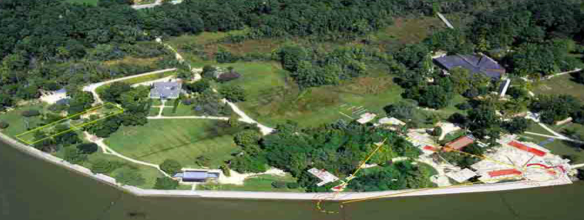
The Jamestown Rediscovery project has been a major archaeological campaign since 1994. The primary goal was to locate remains of the first years of the settlement at Jamestown, especially of the earliest fortified town, and the subsequent growth and development of the area. It had been widely thought that the original site had been lost due to erosion, but the project discovered early colonial artifacts early on. Since it began, the campaign has made many more discoveries including over one million artifacts, and has uncovered much of the original fort, the remains of several houses and wells, a palisade wall line attached to the fort, and graves of several of the early settlers.
Today, Jamestown is home to two heritage tourism sites related to the original fort and town: Historic Jamestowne and the Jamestown Settlement. Historic Jamestowne is administered by Colonial Williamsburg and the National Park Service. Visitors can view the site of the original 1607 James Fort, the 17th-century church tower and the site of the 17th-century town, as well as tour an archaeological museum which contains close to two million artifacts found by Jamestown Rediscovery. Living history ranger tours and archaeological tours are given by the Jamestown Rediscovery staff, and visitors can observe the ongoing archaeological work at the site.

Jamestown Settlement is a living-history park and museum located just over a mile from the original location of the colony. Initially created in 1957, Jamestown Settlement is operated by the Jamestown-Yorktown Foundation. The museum complex features a reconstruction of a Powhatan village, the James Fort as it was circa 1610-1614, and replicas of the three ships that brought the first settlers, the Susan Constant, Godspeed, and Discovery.
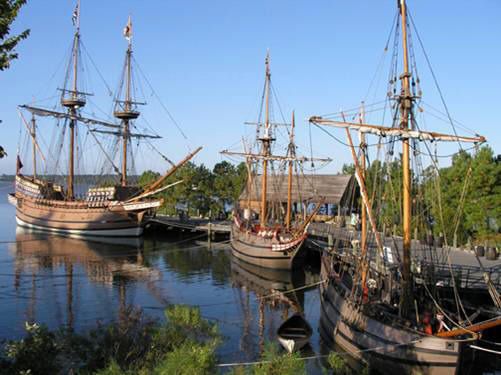
Queen Elizabeth II visited Jamestown a second time in 2007 (the first was in 1957). Speaking to the Virginia State Assembly, she said: "This 400th anniversary marks the moment to recognize the deep friendship which exists between our two countries. The bonds that draw us together of history, understanding, and warm regard are far stronger than any temporary differences of opinion…. It is one of the most durable international collaborations anywhere in the world, at any time in history. A friendship for which… I have good cause to be thankful.
That is a lasting legacy of Jamestown."
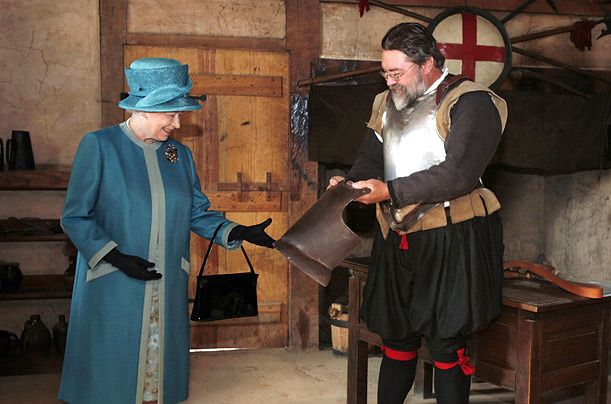 (Bonus pic because a: Queen Elizabeth is adorable and, b: I was privileged enough to see her during the state visit, while she was in Williamsburg. As an Anglophile, I was tickled pink to see her in person! Also, this shows that Jamestown is a must-visit place, because even the Queen came!)
(Bonus pic because a: Queen Elizabeth is adorable and, b: I was privileged enough to see her during the state visit, while she was in Williamsburg. As an Anglophile, I was tickled pink to see her in person! Also, this shows that Jamestown is a must-visit place, because even the Queen came!)
Fun fact: When you visit Jamestown Settlement and go tour the ships, you can see up close and personal how cramped everything was. When I visited with my son (he was 2 at the time), the captain's "bunk" on one of the ships was not much larger than a crib. Yes, my son got into the bed. And yes, he may or may not have taken a nap...
I have yet to visit Chincoteague, but one day I shall!
